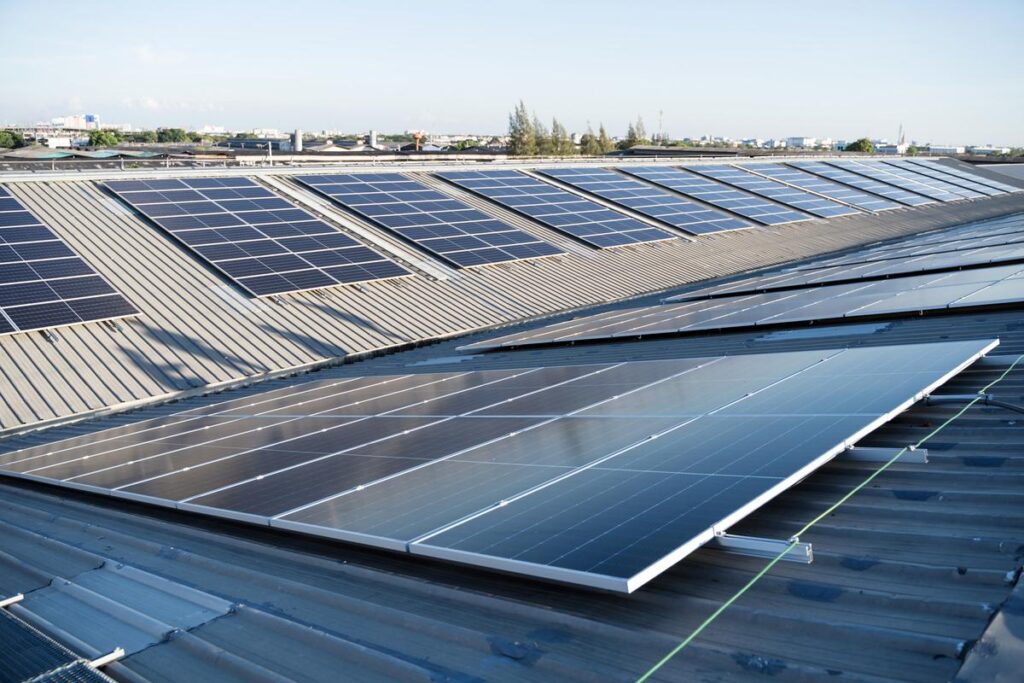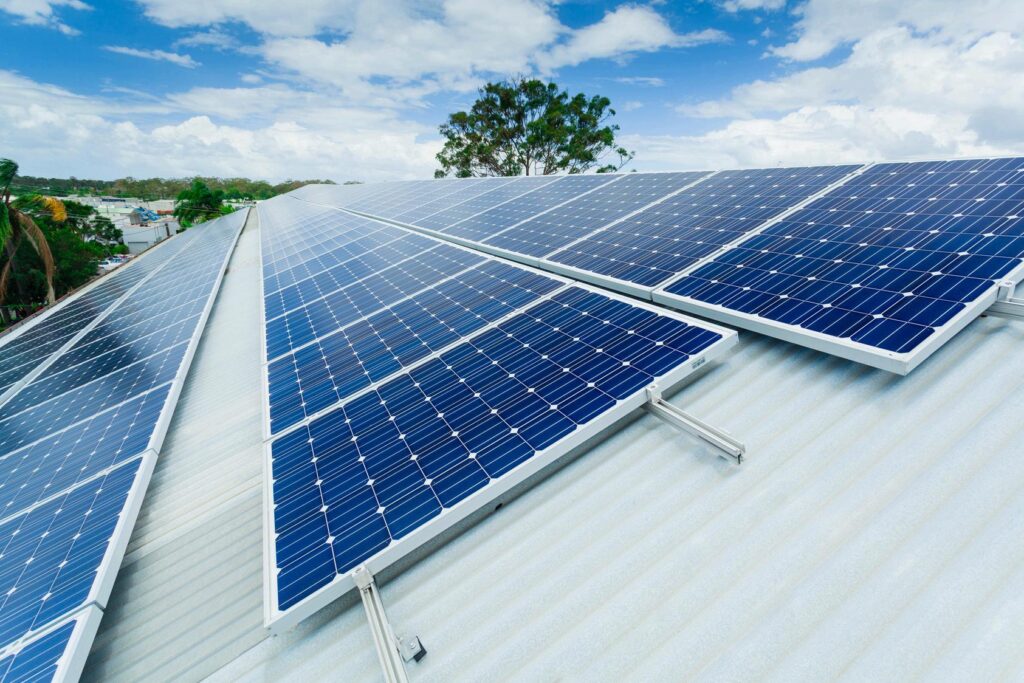In a major regulatory development aimed at modernising the state’s energy ecosystem, the Chhattisgarh State Electricity Regulatory Commission (CSERC) has issued the Draft of the Chhattisgarh State Electricity Supply Code (Fifth Amendment), 2025. The proposed changes are poised to revolutionise power access, boost clean energy, and lay the groundwork for a future-ready electricity infrastructure across the state.
These amendments, expected to come into force upon their official publication in the Chhattisgarh Gazette, bring Chhattisgarh in line with the Ministry of Power’s national reform agenda while addressing region-specific needs in renewable energy and electric mobility.
A notable change in the draft amendment is the revision of contract demand norms, the maximum electrical load a consumer can contract, based on the supply voltage level. This move is intended to simplify the categorisation of consumers, improve load planning, and reduce ambiguity in service connections.
The revised voltage-wise contract demand ranges are:
- 230 volts: up to 5 kW
- 440 volts: up to 200 HP or 150 kW
- 11 kV: from 60 kVA to 500 kVA
- 33 kV: from 60 kVA to 15,000 kVA
- 132 kV: from 4,000 kVA to 40,000 kVA
- 220 kV: from 15,000 kVA to 1,50,000 kVA
This restructuring not only streamlines the load sanctioning process but also ensures more efficient power system operation, particularly as decentralised generation and demand grow across sectors.
Perhaps the most consumer-forward provision in the amendment is the streamlining of rooftop solar PV installations. Households and small commercial entities installing systems up to 10 kW will now be spared the burden of a technical feasibility study, making the installation process faster and less bureaucratic.
Significantly, if the proposed rooftop system’s capacity exceeds the consumer’s existing contract demand, the new solar capacity will automatically be treated as the updated contract demand. Consumers will be required to pay additional charges and security deposits as per the principal code, but this clause removes a significant barrier to scaling up rooftop solar.

This change is expected to be a game-changer for prosumer adoption, enabling more Chhattisgarh residents and businesses to become energy producers without the typical red tape that often slows solar rollouts.
In a strong signal to the state’s growing electric vehicle (EV) ecosystem, the amendment introduces a new provision enabling non-domestic consumers to apply for a separate LT or HT connection for EV charging on the same premises. The clause mandates proper metering and metering equipment, aligning with national best practices for EV infrastructure while providing businesses with the flexibility to establish commercial charging facilities.
This move reflects the regulator’s understanding of the rapidly shifting energy landscape and the importance of readying the power grid to accommodate EV-driven demand growth.
To further democratise access to affordable electricity, CSERC has modified Code 7.16 (i) of the principal code. Consumers will now be permitted to opt for a low tension (LT) connection as long as their connected load does not exceed 150 kW, a significant increase from previous thresholds. This change allows medium-sized enterprises and service providers to reduce their distribution costs by staying on LT tariffs, which are generally more economical.
By addressing multiple policy priorities, sustainable energy adoption, EV readiness, and regulatory simplification, the Fifth Amendment sets a progressive tone for Chhattisgarh’s electricity sector. It is particularly noteworthy in the context of India’s national commitments under the Energy Transition and Net-Zero Emissions goals, and the drive for “Ease of Living” and “Ease of Doing Business” at the state level.
The Commission, empowered under the Electricity Act, 2003, has positioned this amendment as a bridge between today’s infrastructure needs and tomorrow’s clean energy ambitions. Once finalized, it is expected to unlock new investments, empower consumers, and help Chhattisgarh take a leadership role among Indian states pushing for practical and inclusive energy reforms.



